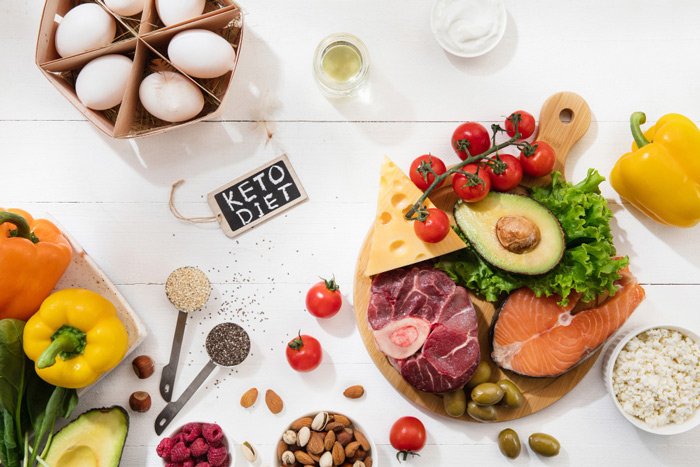There’s no denying that the ketogenic diet has taken the weight loss world by storm. The promise of losing weight quickly and easily is an attractive one, but what are the risks involved when it comes to trying out this popular diet? In this blog post, we take a look at Dr Michael Mosley’s opinions on the keto diet, exploring both its benefits and its dangers. As the creator of the 5:2 diet and author of books such as ‘Fast Exercise’ and ‘The Clever Guts Diet’, Dr Mosley is an expert in nutrition and health – so read on to discover what his view is on the ketogenic diet.
Dr. Michael Mosley : The health revolution expert
Dr. Michael Mosley is a British doctor, journalist, and author who is best known for his work in the field of health and medicine. He has worked as a television presenter, journalist, and science correspondent, and is the author of several books on health and wellness.
He is known for his popular BBC documentary series “Trust Me, I’m a Doctor,” in which he investigates and reports on various health topics. Dr. Michael Mosley has also written several books, including “The Fast Diet,” “The 8-Week Blood Sugar Diet,” and “The Clever Guts Diet.”

Dr. Michael Mosley is also known for his work on the low-carb, high-fat Fast 800 diet which he developed to help people lose weight quickly and improve their overall health. He also has been advocating on Intermittent fasting, as a way of improving health, as well as the benefits of ketogenic diet.
Dr. Michael Mosley is an advocate of using science-based approaches to improve health and prevent disease, and he often shares his findings and insights through his books, articles, and television appearances.
We suggest you to buy fast 800 books from online for a healthy living.
Keto diet for Beginners
The keto diet is one of the most popular diets around, and for good reason. It’s effective for weight loss, can help to improve blood sugar control, and may even have benefits for certain brain disorders.
But what is the keto diet, and how does it work? In this article, we’ll take a look at the science behind the keto diet and explain how you can make it work for you.

What Is the Keto Diet?
The keto diet is a high-fat, low-carbohydrate diet. It’s similar to other low-carb diets, such as the Atkins diet, but it’s different in one important respect: on a keto diet, your body enters a state called “ketosis.”
In ketosis, your body burns fat for energy instead of carbohydrates. This means that you can lose weight without feeling hungry or deprived.
What is Ketosis?
Ketosis is a metabolic state in which the body burns fat for fuel instead of carbohydrates. It occurs when the body is low on carbohydrates and glucose (a type of sugar) levels are insufficient to meet energy needs.
When this happens, the liver begins to convert stored fat into molecules called ketones, which can then be used as an energy source for the body and brain. This process is what gives the ketogenic diet its name, as the diet is specifically designed to induce ketosis.
To achieve ketosis, the body needs to be in a carbohydrate-deficient state, which can be achieved by drastically reducing carbohydrate intake and increasing the intake of fats. This is typically accomplished by following a diet that is high in fat and low in carbohydrates, such as the ketogenic diet.
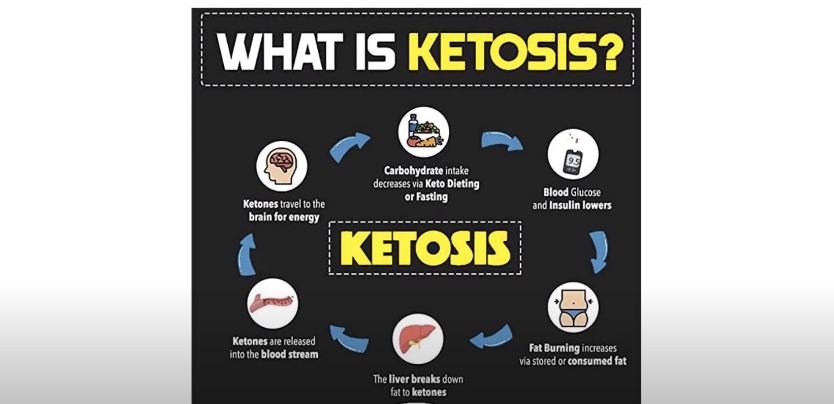
It’s important to note that ketosis can also occur in other conditions such as diabetes, starvation, and certain genetic disorders, but in those cases, it’s not recommended to induce ketosis through diet as it can have negative health consequences.
In addition, a very low-carbohydrate diet can also cause unwanted symptoms such as fatigue, headaches, nausea, and constipation. You should consult with a healthcare professional before starting a ketogenic diet, especially if you have any pre-existing medical conditions.
Fast 800 vs. fast 800 keto
“The Fast 800 Diet” and “The Fast 800 Keto” are both diet plans created by Dr. Michael Mosley. The main difference between the two is the macronutrient composition.
This diet is a low-calorie, Mediterranean-style diet that emphasizes whole foods, such as fruits, vegetables, whole grains, and lean protein. The plan includes a daily calorie intake of 800-1000 calories for the first two weeks and then gradually increasing to 1200-1400 calories in the following weeks.

The Fast 800 Keto, on the other hand, is a ketogenic diet, which is a high-fat, low-carb diet that aims to put the body into a state of ketosis. It emphasizes the intake of healthy fats, such as avocado, nuts, and olive oil, and limits the intake of carbohydrates.
In summary, the Fast 800 Diet is a low-calorie Mediterranean-style diet, while the Fast 800 Keto is a high-fat, low-carb ketogenic diet.
Keto diet plan free
When it comes to following a keto diet plan, the best approach is to find a plan that suits your lifestyle and dietary needs. There are many different types of keto diet plans available for free online, so you should be able to find one that fits your specific goals.
If you’re looking to lose weight on the keto diet, then you’ll want to find a plan that includes healthy keto recipes and provides guidance on how many carbs you should be eating each day. There are also meal plans that focus on increasing your energy levels or improving your overall health.
Whatever your goals may be, there’s a keto diet plan out there that’s right for you. To get started, simply search for “keto diet plan free” in your favorite search engine.
How Does the Keto Diet Work?
When you eat a lot of carbohydrates, your body breaks them down into glucose (a simple sugar). Glucose is then used for energy or stored in your liver and muscles in the form of glycogen. But if you eat too many carbs, your glycogen stores can become full and glucose starts to be stored as fat.
The ketogenic diet, or “keto diet” for short, is a high-fat, low-carbohydrate diet that forces the body to burn fat for fuel instead of carbohydrates.
Normally, the body uses carbohydrates as its main source of energy. However, when the intake of carbohydrates is limited, the body enters a state of ketosis, where it begins to break down stored fat into molecules called ketones. These ketones are then used as an energy source instead of glucose (a type of sugar) from carbohydrates.
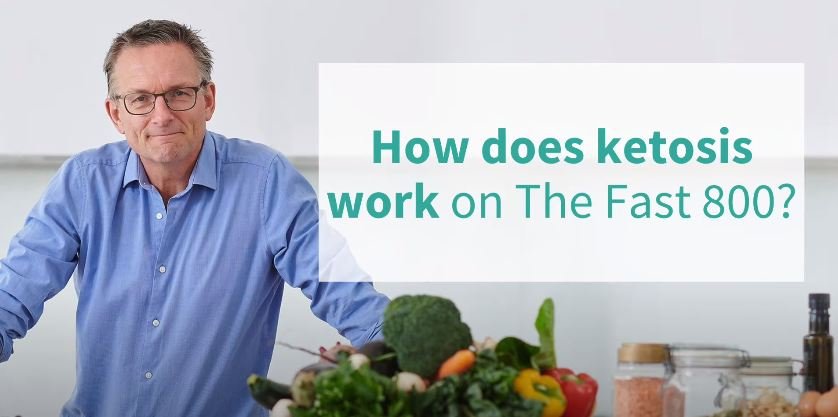
By drastically reducing the intake of carbohydrates and increasing the intake of fat, the body is able to enter ketosis and begin burning fat for fuel. This can lead to weight loss and improved health markers, such as blood sugar and cholesterol levels.
The typical macronutrient breakdown for a ketogenic diet is 70-75% fat, 20-25% protein, and 5-10% carbohydrates. It’s important to note that the ketogenic diet should only be followed under the guidance of a healthcare professional, as it can have some side effects and may not be appropriate for certain individuals.
What is the ice hack diet?
If you’re like most people, you probably think of dieting as a temporary fix to lose a few pounds. But what if there was a way to change your relationship with food and eating so that you could finally achieve your ideal weight – and keep it off for good?
The Ice Hack Diet is based on the premise that our bodies are designed to be lean and healthy, but the modern world has created an environment where we are constantly exposed to unhealthy foods and chemicals that make us gain weight. This Diet helps you reset your body so that you can burn fat more efficiently and feel great at the same time.
Here’s how it works:
1. Eat a very low-carbohydrate diet for two weeks. This helps to reset your metabolism and train your body to burn fat for fuel instead of sugar.
2. Add in healthy fats and moderate amounts of protein. This helps keep you satisfied and provides the nutrients your body needs to function optimally.
3. You “hack” your ice cream cravings by making a healthy version using coconut milk, nuts, and natural sweeteners. This satisfies your sweet tooth while providing healthy fats and nutrients that help support your weight loss goals.
4. Drink plenty of water and green tea. This helps flush toxins from your system and keeps you hydrated, which is essential for optimal health.
5. Exercise regularly for at-least 20 minutes daily.
Gut friendly diet
A gut-friendly diet is a diet that promotes a healthy balance of good bacteria in the gut, which can improve digestion, boost the immune system, and reduce the risk of chronic diseases.
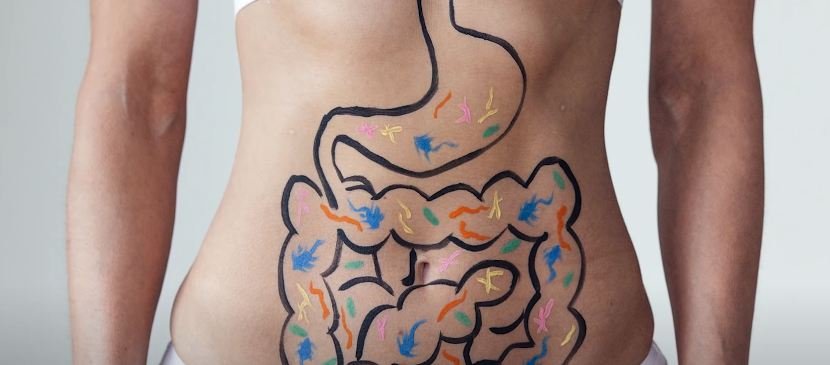
Some key components of a gut-friendly diet include:
- Fiber-rich foods: Foods high in fiber, such as fruits, vegetables, whole grains, and legumes, can help promote regular bowel movements and feed the beneficial bacteria in the gut.
- Probiotic-rich foods: Foods that contain probiotics, such as yogurt, kefir, sauerkraut, and kimchi, can help to replenish the good bacteria in the gut.
- Prebiotic-rich foods: Prebiotics are types of non-digestible carbohydrates that feed the good bacteria in the gut. Foods that are high in prebiotics include onions, garlic, leeks and cucumber for eyes health.
- Anti-inflammatory foods: Foods that are high in anti-inflammatory compounds, such as fruits and vegetables, nuts, and fatty fish, can help to reduce inflammation in the gut and promote gut health.
- limit processed and high sugar foods: Processed and high sugar foods can disrupt the balance of gut bacteria and promote inflammation.
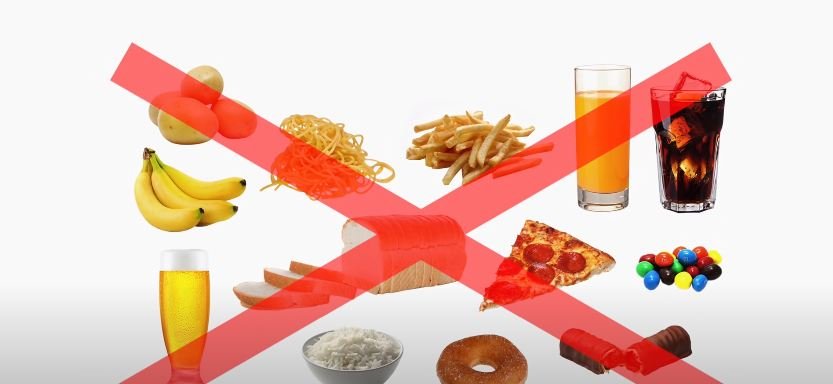
It’s also important to stay hydrated and manage stress, as both can affect gut health. It is important to note that everyone’s gut health is unique, and a diet that works for one person may not work for another, so it is always recommended to consult with a dietitian or nutritionist to create a diet that is tailored to your individual needs.
Also read: Mangoes promote gut health scientists find
